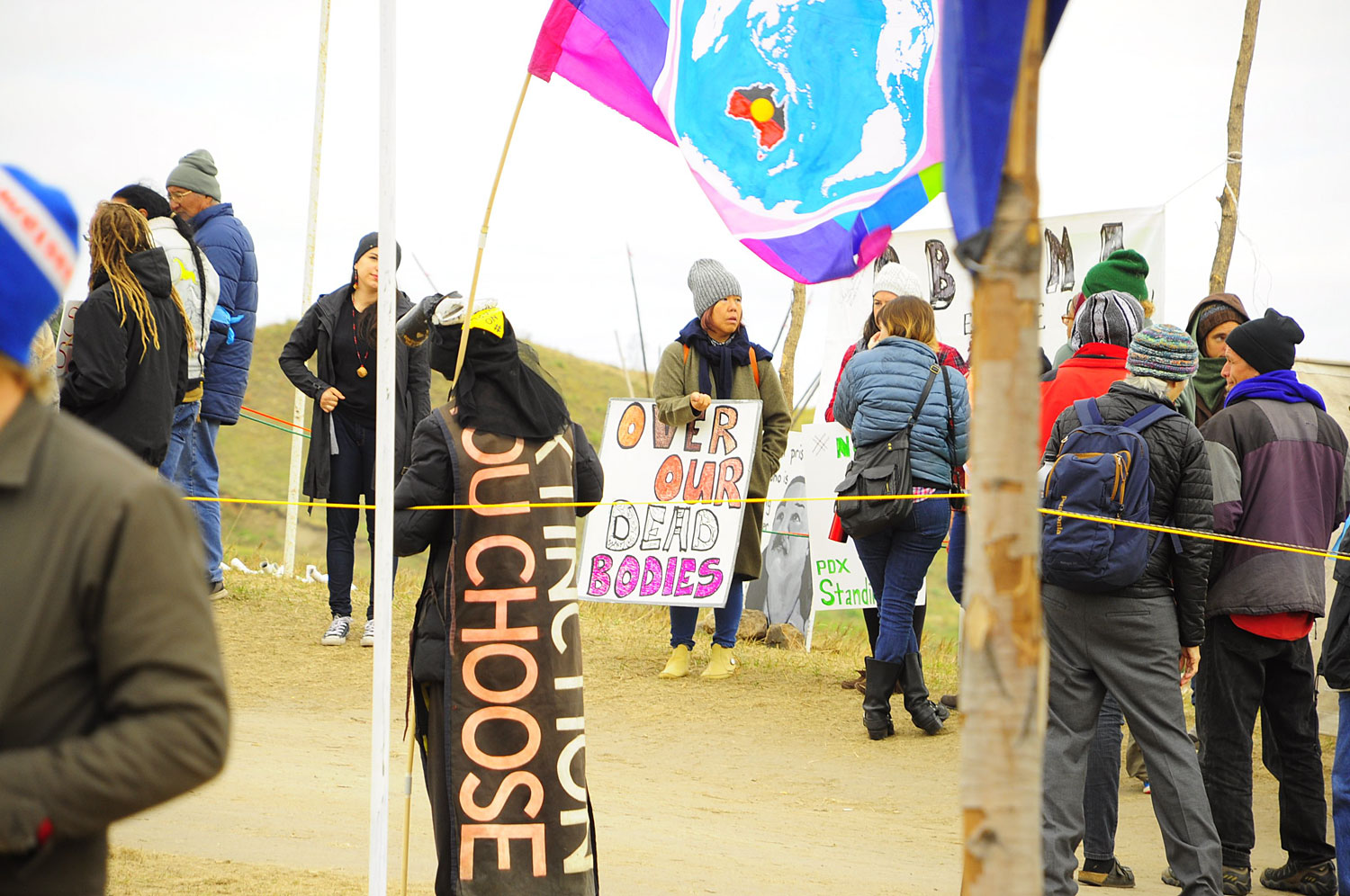Two weeks after a joint announcement by the Departments of Justice, of the Army, and of the Interior called for the halt of construction on the Dakota Access Pipeline (DAPL) in North Dakota, the three agencies invited representatives from all 567 federally recognized tribes to participate in government-to-government consultations on infrastructure decision making.
The agencies sent a letter to tribal offices, informing of their intent to seek tribal input on two questions specifically:
— How can federal agencies better ensure meaningful tribal input into infrastructure-related reviews and decisions, to protect tribal lands, resources, and treaty rights within the existing statutory framework?
— Should the federal agencies propose new legislation altering the statutory framework to promote these goals?
The plan for the initial consultation sessions was announced September 9 when the agencies called for the immediate, yet temporary halting of construction following federal judge James Boasberg’s denial of the Standing Rock Sioux Tribe’s request for an injunction of the DAPL.





































